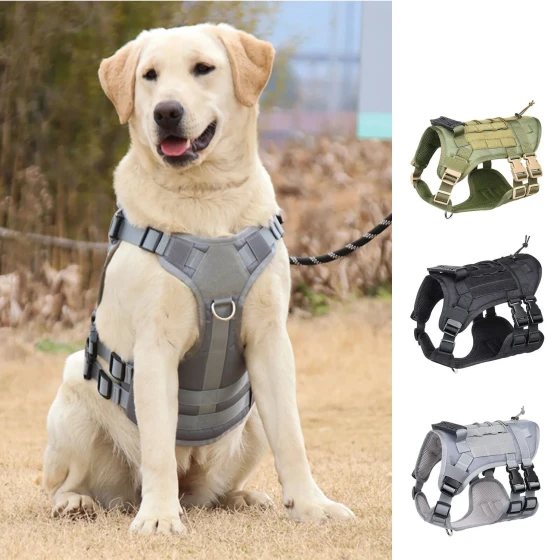The Best Lifeguard—Newfoundland Dog

The Newfoundland dog originated from Newfoundland Island on the east coast of Canada. The origin of the Newfoundland dog is uncertain. Some say its ancestors were the Great Pyrenees (detailed introduction), brought to the Newfoundland coast by the Basques; others say the Newfoundland dog is a descendant of the French hunting dog (a wild boar hunting dog); others believe it is closely related to the Canadian Labrador retriever. The commonly accepted view now is that this dog’s homeland is Newfoundland, and fishermen brought its ancestors from the European continent to Newfoundland.
1. History
Although the origin of the Newfoundland dog is still debated, regardless, it found the most suitable living environment in Newfoundland, proving its ancestors were very well adapted to living there. Many old paintings in Newfoundland feature its ancestors, Eskimo dogs, and other dog breeds.
The British greatly admired its strength and character and brought the Newfoundland dog to the UK. But from 1914 to 1939, due to war, the population of Newfoundland dogs sharply declined, nearly becoming extinct. However, after World War II and since 1950, with proper protection, the breed has steadily increased and gained popularity. Although its large size and fondness for playing in mud make it unsuitable as an ordinary family pet, aside from its native Newfoundland Island, the breed has become popular and bred in many places. The famous inscription on the Byron Memorial at Newstead Abbey in the UK best describes the Newfoundland dog’s personality.
2. Role
The Newfoundland dog is a large working dog, requiring a big and powerful body. Its thick coat can resist severe winters and cold seawater. Its feet are large, strong, with webbing, allowing it to easily walk through marshes and soft beaches. If this kind, cheerful breed has a hobby, it is rescuing anyone who falls into the water, whether they want to be saved or not. Coupled with its great intelligence, the Newfoundland dog has become a good helper to humans. It is generally used to drag fishing nets, pull small boats ashore, and rescue drowning victims; it is also used to haul timber, deliver milk, and carry goods.
It has been and still is an excellent water rescue dog. In 1919, a Newfoundland dog was awarded a gold medal for dragging a lifeboat and rescuing 20 victims to safety in a maritime disaster. During World War II, Newfoundland dogs delivered supplies and ammunition to troops in harsh blizzard conditions in Alaska and other places. They are truly outstanding water rescue dogs.



